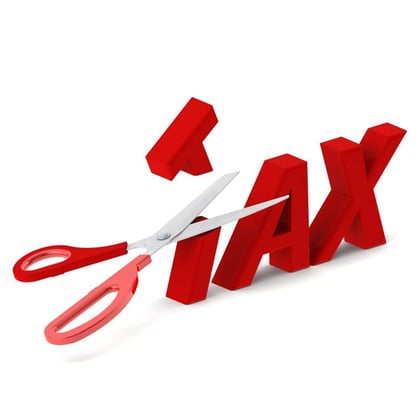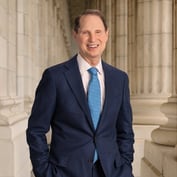What You Need to Know
- The biggest contributor to the tax gap is underreporting.
- Unpaid estate taxes account for a very small part of the overall gross tax gap.
- The tax gap has recently gotten the attention of lawmakers.
The largest portion of the gross tax gap — 58% of it — comes from unpaid or underpaid business and self-employment income taxes, the vast majority of which comes from pass-through entities such as sole proprietorships, partnerships and S-corporations, according to a just-released analysis by the Committee for a Responsible Federal Budget.
“By far the biggest contributor” to tax gap — which is what taxpayers should pay and what they actually pay on time — is underreporting, “or when an individual or business files a tax return that incorrectly underreports the taxes it owes in a given year,” the committee said.
For the 2011-2013 period, the latest data available, the underreporting gap averaged $352 billion per year, or 80% of the annual gross tax gap, the report states.
Of the $352 billion in estimated underreporting, $245 billion comes from individual income taxes, $69 billion from payroll taxes, $37 billion from corporate income taxes, and $1 billion from the estate tax.
The committee notes that according to the Internal Revenue Service, 9% of the gross tax gap comes from non-filing, 11% from underpayment, and 80% from underreporting — with at least 38% due to underreporting of income and at least 15% due to over-reporting or misreporting of adjustments (the remaining 27% is not defined).
Unpaid estate taxes, the committee said, account for “a very small part of the overall gross tax gap.”
In 2011-2013, unpaid estate taxes contributed approximately $3 billion per year to the annual gross tax gap, or less than 1%.
“Unlike most other categories of tax, most unpaid estate taxes are due to non-filing, representing $2 billion per year. Another $1 billion per year in unpaid estate taxes come from underreporting, and less than $500 million comes from underpayment.”
Also, unlike most other categories of tax, the majority of estate taxes that were not paid in a timely manner — 55% or an average of $2 billion per year — were eventually collected through late payments or enforcement activities.









 June 17, 2021 at 04:40 PM
June 17, 2021 at 04:40 PM










